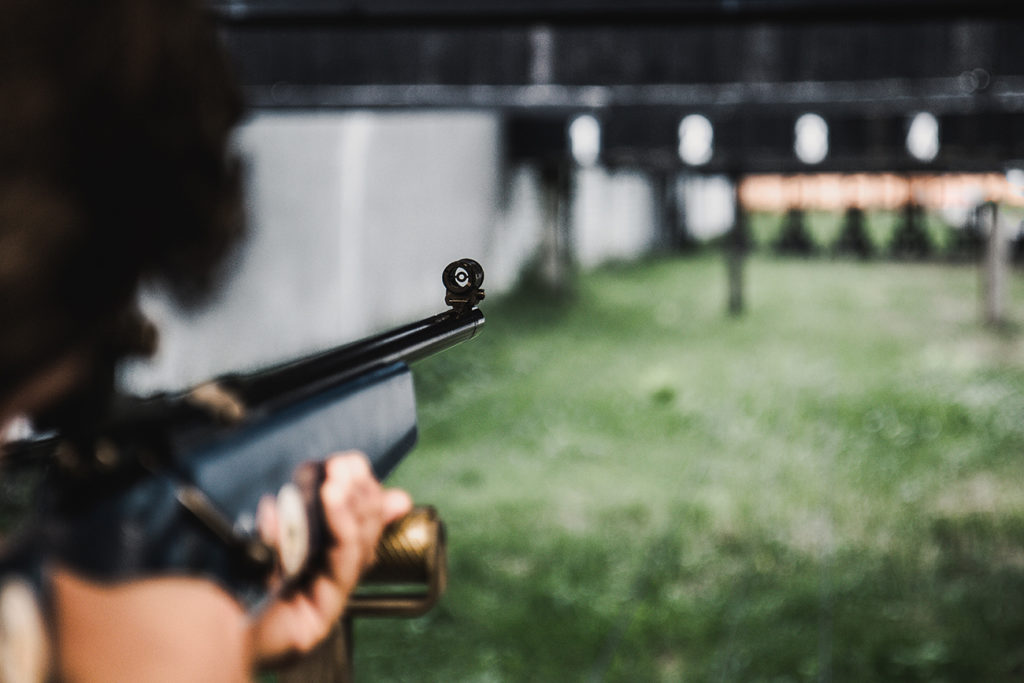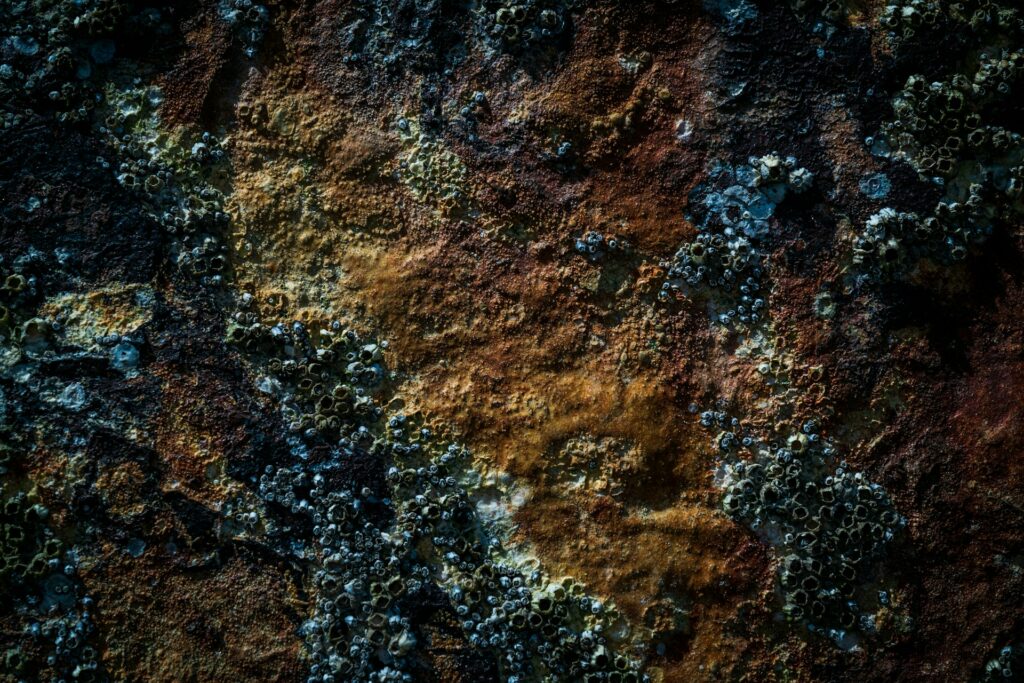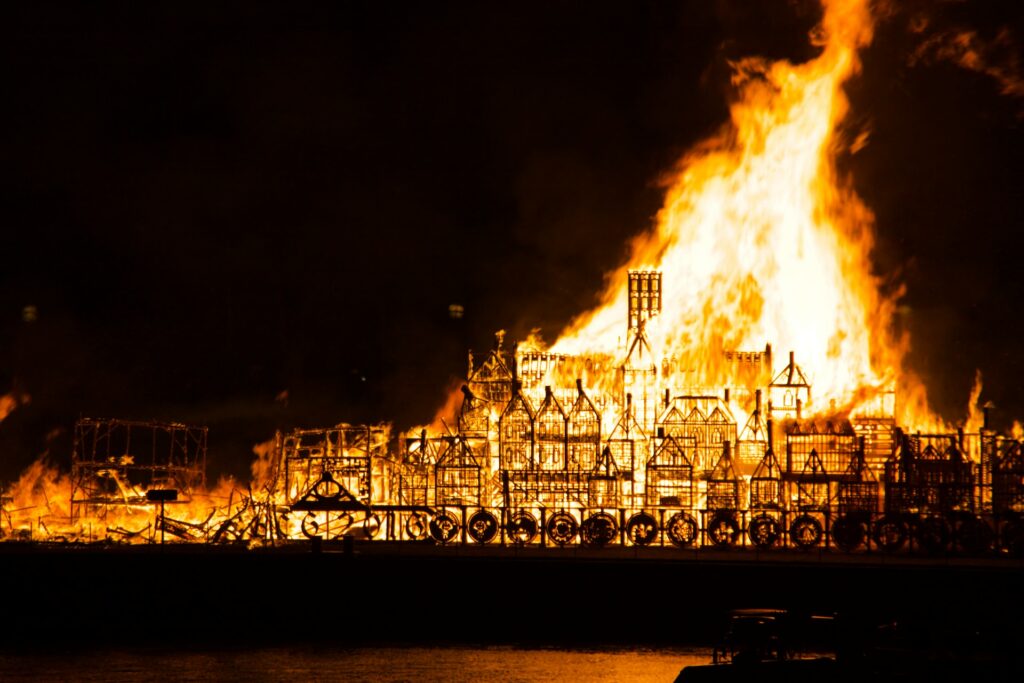
Let’s talk being proactive and not relying on the police. Police take minutes when seconds count. Everyone should always be ready to defend themselves. One of the best ways to do this is with the knowledge on how to conceal carry properly.
If you have the basics of self defense down, we can now more effectively focus on conceal carry.
So where do you start?
How to Conceal Carry: Getting Started
First off, get a license if you are required to do so in your state/country. You don’t want to be caught with a 40 on you if a police pulls you over and you don’t have a license. Maybe now that Trump is in office we can see less restrictive conceal carry reciprocity, but until that happens, just get the license.
Next up, choose your weapon you will be carrying. There are a few different (common) options here, but choose one based on your own personal needs.
- .40 – This is my personal favorite option. You have a lot of stopping power and they are relatively decent sized. They generally hold up well, not a ton of recoil, and they are easy to shoot.
- 9mm – The alternative to the .40 if you’re looking for a little cheaper rounds. There is a whole debate on the .40 vs the 9, and I won’t get into that here. But both are good options with relatively similar stopping power and size.
- .380 – Smaller firearms. Probably one of the most common rounds for conceal carry. You’ll see these in the Bodyguard line and the LCPs on the firearm market. Recoil is very snappy. Overall decent choice if you’re looking for something small to carry. But be aware they don’t have nearly as good stopping power as the above, and the magazines are usually much, much smaller. If possible, always stick with a 40 or 9.
- .22 – The “headshot” round. I don’t recommend this as a common carry for anyone. It’s too small of a round and you’re putting yourself in unnecessary risk. Just upgrade to a .380 if you have to have a small round.
- .357 – Similar in size to the 9MM with a few key benefits. It can be loaded with versatile cartridges, and has heavier bullets that can propel much faster. It can be a great choice for self defense and even small-medium game. So if you travel out in the woods near bears or similar animals, I’d recommend a .357 if you can’t carry anything bigger.
Next Steps
Get a holster that is specifically tailored to your weapon. Don’t shop around for a holster until you’re 100% on the gun you will be carrying. You don’t want any movement of the gun, and the benefits of one specifically designed for your firearm are numerous.
When you’re deciding how to conceal carry, your holster depends primarily on where you are going to be carrying at (ankle vs hip vs pocket, etc). Those are discussed more in-depth below.
Make sure you also have enough bullets. Wouldn’t be a good situation if you unload your only magazine and don’t hit your attacker(s). Have a backup, especially if you’re carrying a small magazine or a single stack magazine.
Methods of Carrying
We’ll talk about the most common ways to carry here. I know there are some alternative ways, but those tend to be for needs-specific individuals or more advanced firearm enthusiasts.
- Pocket Carry: Pretty simple option. Usually the easiest. You put the gun in your pocket. There tends to be a lot of movement for this, however. And if you are loaded and chambered you risk the chance of accidentally shooting yourself. Save yourself the trouble and carry a better way, if at all possible.
- Inside Waistband: This is where your gun is tucked into your waistband or into a holster in your waistband. It tends to be for smaller firearms. I’d recommend having a holster if you do this method, or again you risk an accidental fire.
- Small of Back or 6 o’clock: This is where the gun is tucked into your backside at the 6 o’clock angle (if 12 o’clock is directly in front of you). Works well if you are walking or traveling around, but obviously would not be a good choice for anyone that sits down at all.
- Belt Holster: This tends to be the most common option. This is where you buy a holster to attach to your belt and wear your gun in it accordingly. It’s my favorite option. And the easiest. As long as your gun is relatively well-sized, you can conceal it well and have the quickest access to it out of any option. It also minimizes the risk of accidentally firing it, or having someone grab it.
- Ankle Holster: As the name implies, it’s a holster that attaches to your ankle. It takes a long time to draw from this position, but it is also one of my favorites because it is easily the most concealable. It also has the added benefit of never causing problems while driving or moving around and also is virtually undetectable to potential attackers. No one is going to search around your ankles for your gun, much less have the opportunity to grab it before you can stop them.
How to Conceal Carry for Women: Female Only Holster Options
Women get a few added ways to carry if they so choose. They include the following:
- Bra Holster: Ingenious firearm manufacturers have come out with a new way to conceal carry for women in their bra. It’s a good option for a small size gun and allows very quick access in case you ever have to use it. I’d definitely consider this if I had the boob-specific characteristics necessary to pull it off.
- Purse: The old idea of dropping your .380 in your purse is still around. I wouldn’t recommend this option, but it is a common one. Generally, your purse can get stolen or someone could snatch it from you unless you’re 100% observant all the time. This would practically eliminate your ability to defend yourself, especially if they see the gun in your purse when they take it.
- Thigh Holster: Strapping a holster around your thigh won’t work for most men because if they ever need to use it, they’d have to first take off their pants. However, women in skirts of dresses don’t have this problem. It provides a nice cloaking device for women, as no one will ever think you’re carrying a firearm around your thigh. And it also has the benefit of being relatively easy to grab in an emergency (compared to something like a purse or men’s ankle holster).
What Not to do When Learning How to Conceal Carry
We discussed what you should do in learning how to conceal carry, but what about the no-no’s?
Here is a non-exhaustive list of the most common things you should definitely avoid when you conceal carry.
- Fire Warning Shots: Never do this. The only reason you should ever pull out your gun is if you absolutely have to use it. It should not be a warning symbol; it should be your escape from a life-or-death situation.
- Not Enough Practice: You shouldn’t be complacent. Practice drawing and shooting so you know exactly what to do in an emergency situation. You need to be able to target someone that is moving and charging toward you. And you also need to know how to efficiently draw your weapon.
- Not Being Observant: If you’re going to use your firearm, you need to be observant. You don’t want to pull that trigger if innocents are standing behind your attacker. Move into a better angle so you won’t hit innocents or someone that is not about to harm you.
- Only Having One Small Magazine: Carry enough ammunition to take down a threat or threats. I’m not telling you to bring along 3 fully loaded drum magazines everywhere you go, but at least have a couple decent sized magazines for your self defense.
- Act “Big”: Acting big means flaunting around and acting cocky because of your newfound tool. You want to stay off the radar as much as possible. The whole purpose of conceal carry is to have a means to defend yourself if absolutely necessary. This doesn’t mean specifically going out and seeking trouble. You’ll be in a load of legal troubles if you could have avoided a shooting incident. Stay humble.
- Pulling Gun Out Too Early
- Not Alerting Authority After Shooting: The very first thing to do after you have established you are secure and safe is to call 911. Tell them you feared for your life and you had to defend yourself and give your location and relevant details. No need to tell them the entire story, save that for your lawyer. But make sure you do contact someone. You don’t want to get caught using your conceal carry and then not telling someone. It will immediately seem suspicious.
- Flash The Gun: It’s more than likely illegal in your state. And on top of that, why would you want anyone knowing you carry? It won’t make you more safe, it may actually make you a larger target because a thief knows you have something that’s worth hundreds or thousands of dollars right on your person.
- Leave It Unattended: Know where your gun is at all the time. I’m looking at you ladies who keep it in your purse. Don’t carry a gun around in a purse or bag if you just drop the bag somewhere and forget about it. It’ll get stolen and then another gun is on the black market to further criminal violence and anti-gun rhetoric.
Conclusions
So there you have it, a simple starter guide on how to conceal carry.
Let me know your thoughts and if I should add anything to the article in the comments below.







I want to make sure that I get the right gun for my concealed carry. It makes sense that I would want to get a good 9mm! It’s nice that the ammunition for them is cheaper.
My sister had her permission to carry and wanted to have a purse for her gun. It was suggested here that she can carry her gun in a purse to be less obvious. Moreover, it’s recommended to consult professionals when considering concealed carry purses for sale
I’m glad you pointed out that we should wait to shop for a holster until we’re 100% sure of the gun we’ll be carrying, since there are multiple benefits to using a holster specifically designed for your gun. My husband is interested in getting a concealed carry permit, and he’s currently considering his options for which firearm to get. I’ll definitely remember your advice and make sure he wait to get a holster!
It’s good to know that a belt holster is the most common way to carry a gun. That sounds like one of the safest and easiest options too, like you said. I’m sure that would allow you quick access to your gun in case of an emergency and would also reduce any risks.
[link removed]
It makes sense that you wouldn’t necessarily want to carry a gun in your pocket because of the lack of security and risks involved. My husband is thinking of getting a concealed carry, so I’m trying to find out the best way to carry them. From your article, it seems like a holster is the safest, most efficient way to carry. I will have to do some research to find a good holster that would work for my husband. Thanks for the tips!